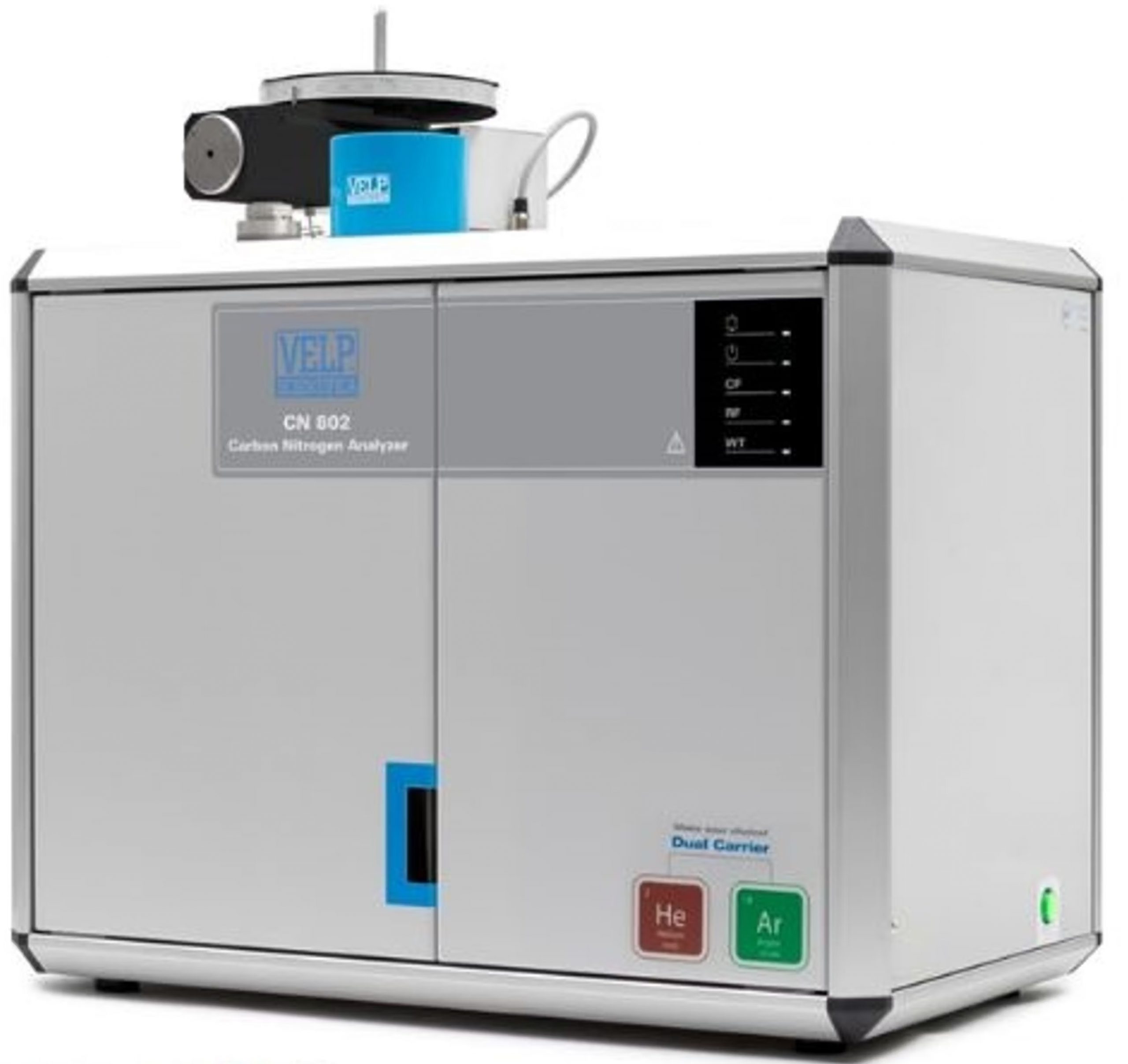Analysis Laboratory - Soil and Fertilizer
Soil and fertilizer laboratory of ITI performs analysis and sampling of soil and fertilizer in accordance with the Association of Analytical Chemists (AOAC), International Organization for Standardization (ISO), Sri Lanka Standards Institute (SLSI) and/or the methods as prescribed by clients. We are strengthened with academically and professionally qualified staff and latest instrumentations. Being a ISO 17025 accredited laboratory, both qualitative and quantitative analysis are performed under strictest and stringent quality guidelines.
Analysis of fertilizer plays an essential role in production, price regulation, quality assurance and quality control of fertilizer to maintain consistency in composition. Other than helping manufacturers, retailers and farmers, ensuring composition of raw materials and final products conform to required specifications; we are capable in providing tailor made analytical test reports as per local and international regulations which are essential in accessing new markets.
Analysis of soil is essential to identify and interpret chemical, physical and biological status of a soil which is the foundation to make environmentally sustainable and cost-effective decisions on agriculture management including planning of crop cultivation, soil management, crop nutrition program etc. Our laboratory is capable in providing soil analytical test reports as per local and international regulations and custom-made requirements.

Instrumentation
Dumas CN analyzer (VELP CN802 Carbon Nitrogen Analyzer
 |
Standard Services
Parameters that we analyses within laboratory
| Fertilizer | Parameter Name | Test Method |
|---|---|---|
| Diammonium Phosphate |
|
|
| Triple Super Phosphate |
|
|
| Ground Rock Phosphates |
|
|
| Doalmite |
|
|
| Urea |
|
|
| Kieserite
(MgSO4.H2O) |
|
|
| Muriate of Potash (KCl) |
|
|
| Ammonium Sulphate |
|
|
| Zinc Sulphate (Agricultural Grade) |
|
|
| Epsom Salt |
|
|
| Compost |
|
|
| Liquid Organic Fertilizer |
|
|
| Tea /Rubber/ Coconut/ Other |
|
|
| Coir |
|
|
| Soil |
|
|
| Sludge |
|
|
Contacts
Director
Research Scientist